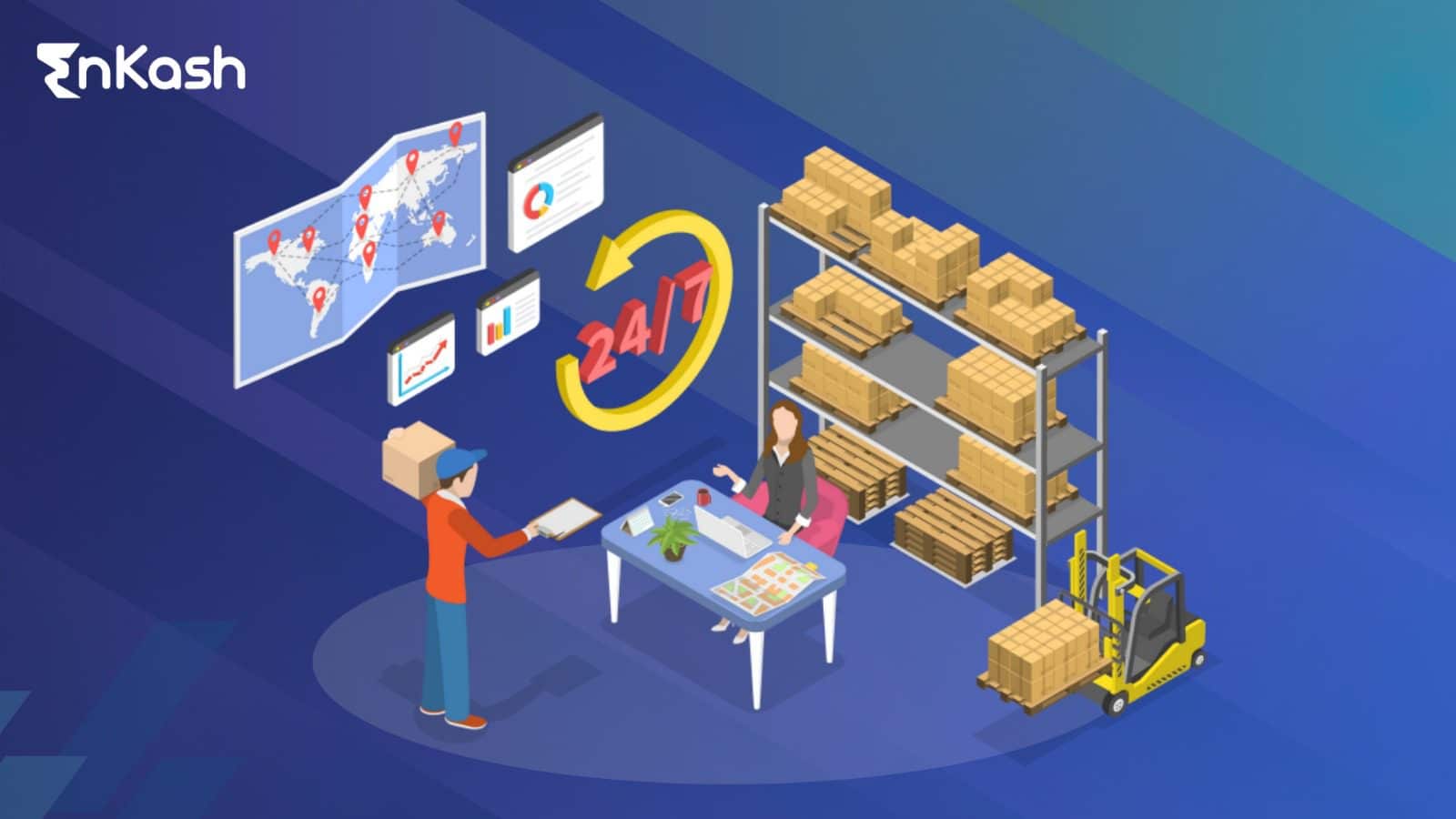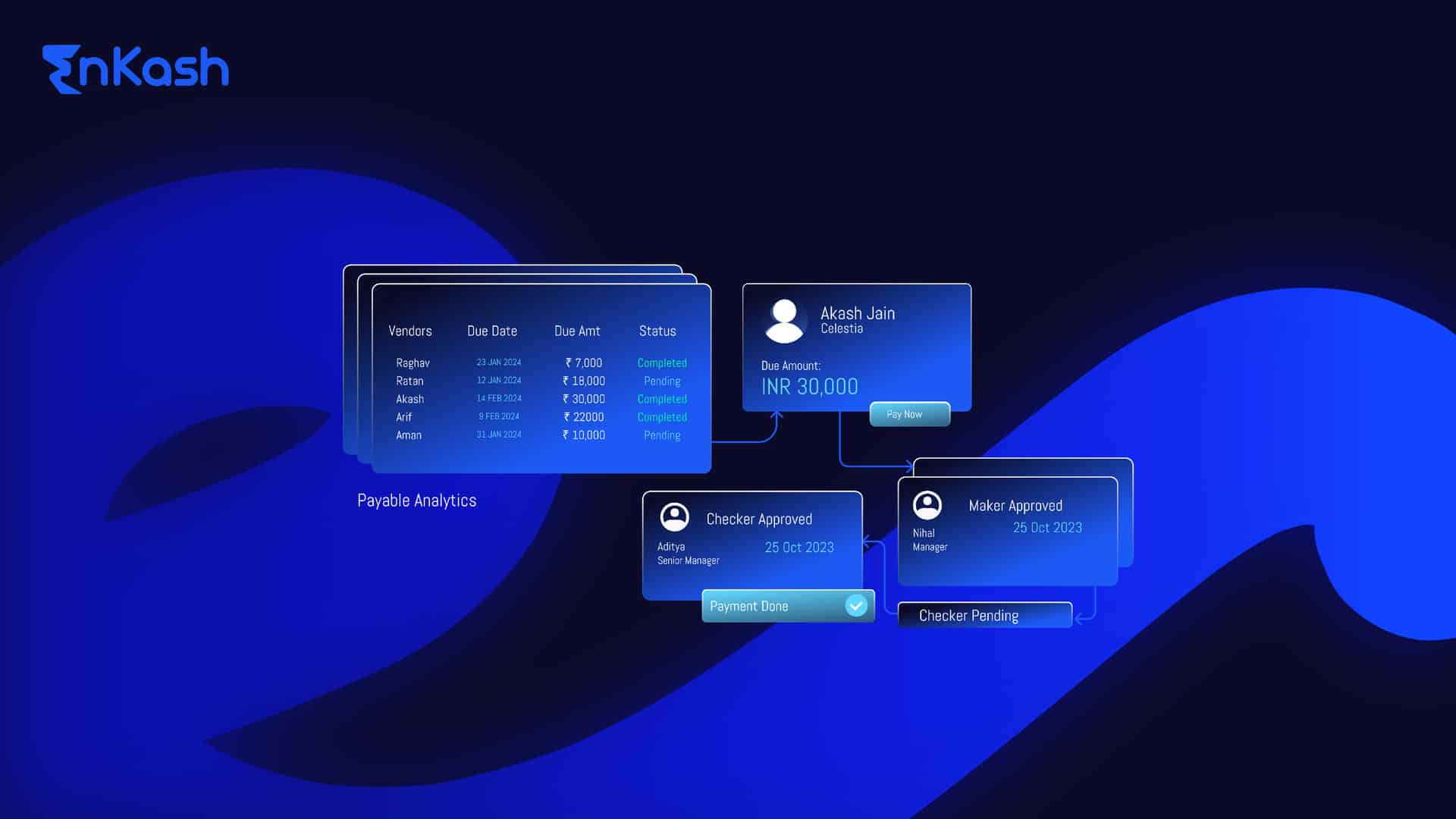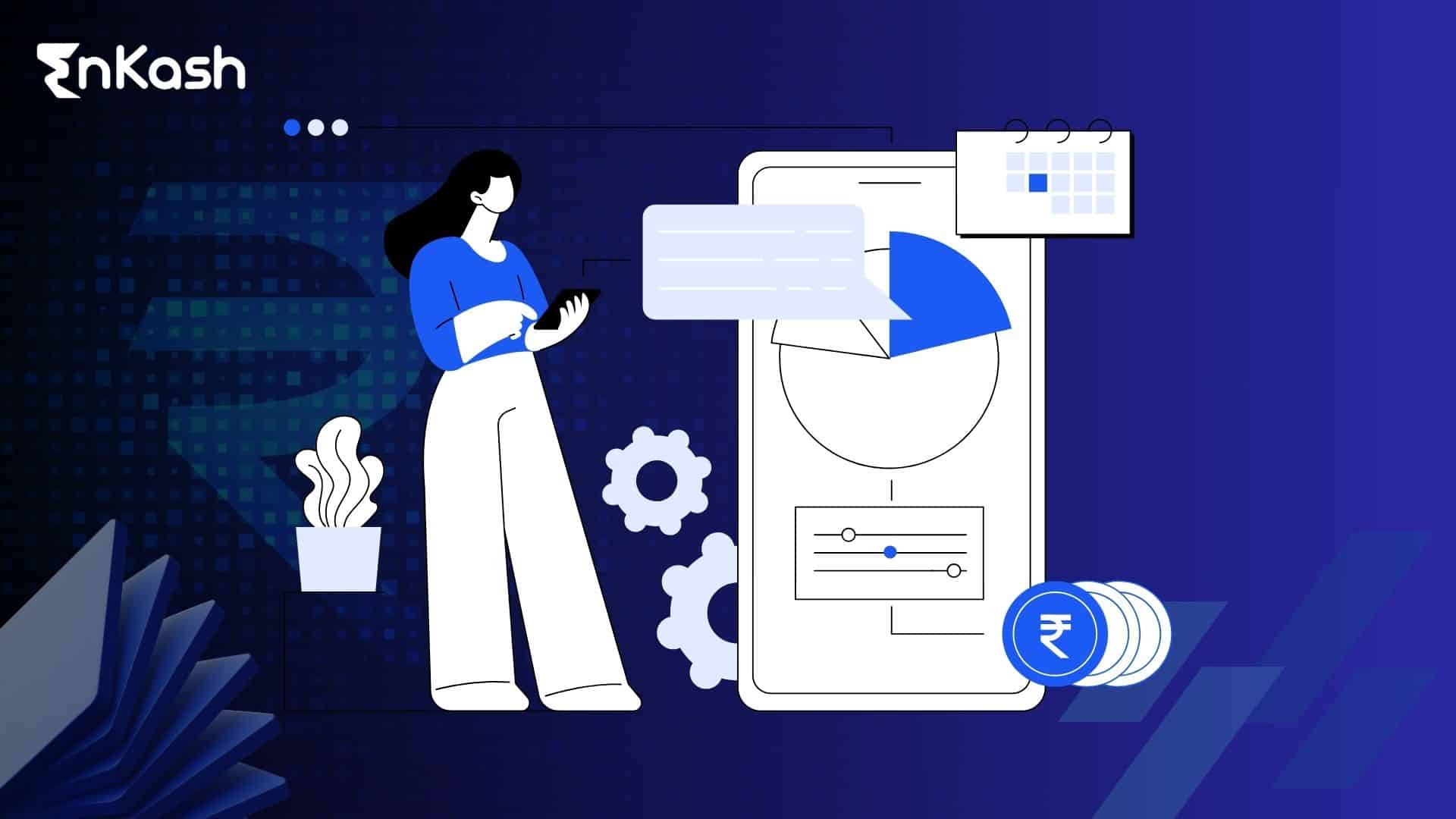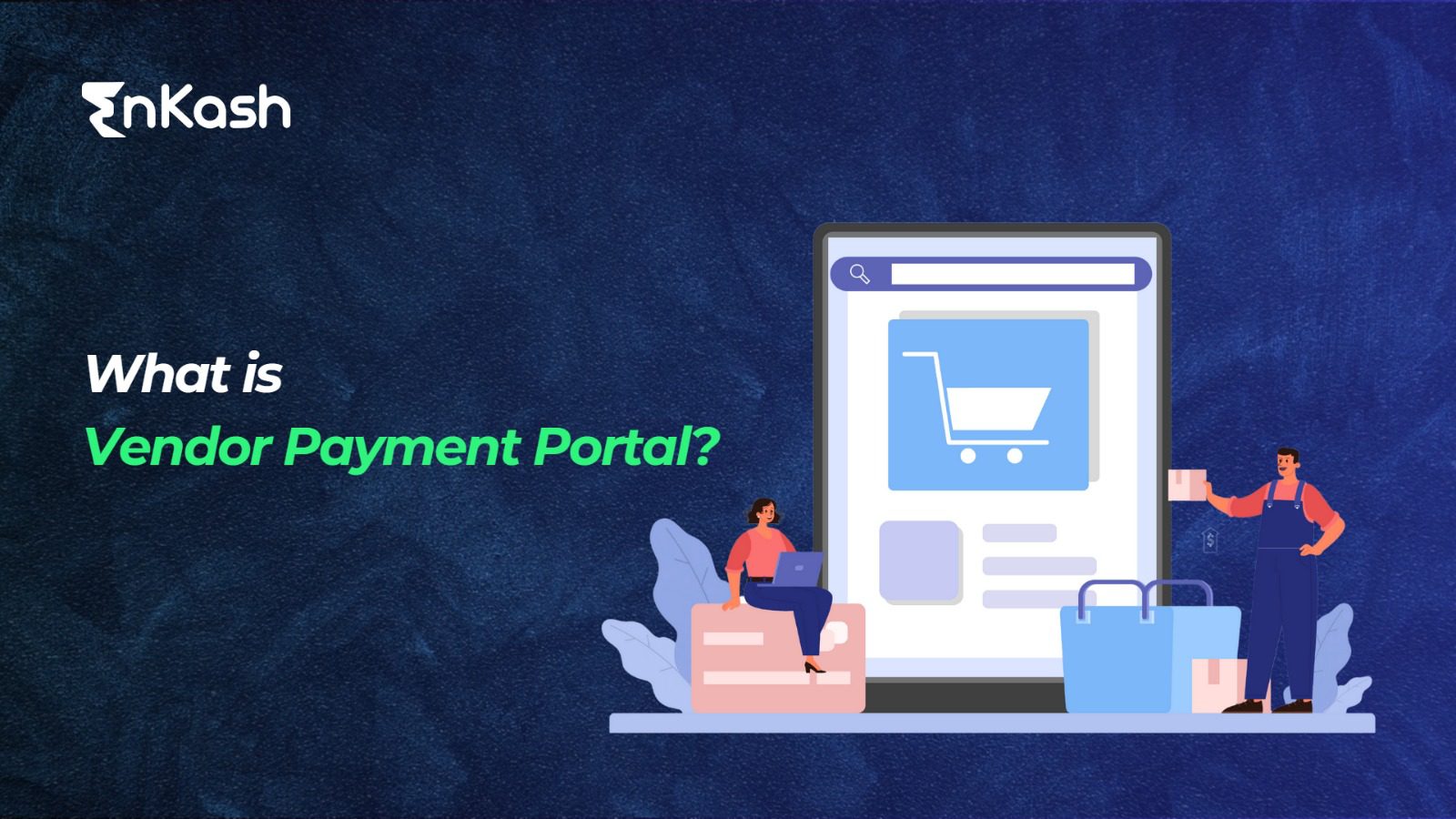Effective vendor and supplier management is crucial for any organization’s success in today’s competitive business landscape. This is where a vendor management system (VMS) comes into play.
What is a vendor management system?
A vendor management system is a technology platform that helps organizations effectively manage their relationships with vendors and suppliers. It provides a centralized hub for all vendor-related activities, such as vendor onboarding, performance tracking, contract management, and invoice processing. By leveraging automation and standardization, a VMS enables businesses to streamline their vendor management process, eliminate manual errors and inefficiencies, and ultimately drive better business outcomes.
Benefits of a Vendor Management System
Implementing a vendor management system can yield a wide range of benefits for organizations.
Better performance metrics: It enables improved vendor performance and accountability. With a VMS in place, businesses can set clear performance metrics, monitor vendor performance in real time, and hold vendors accountable for meeting agreed-upon service levels. This leads to enhanced quality, efficiency, and reliability of vendor services, ultimately resulting in improved customer satisfaction.
Helps manage costs: A vendor management system helps organizations reduce costs and drive cost savings. By providing visibility into vendor spend and performance, a VMS enables businesses to identify opportunities for cost optimization, negotiate better pricing and terms, and eliminate unnecessary expenses.
Reduces manual workload: The automation of the vendor management process reduces manual effort and administrative overhead, freeing up resources that can be allocated to more value-added activities.
Enhances compliance and risk management: A VMS ensures that vendors comply with relevant regulations, certifications, and contract terms, reducing the risk of non-compliance and associated penalties. The system also enables proactive identification and mitigation of potential risks, such as vendor performance issues, supply chain disruptions, or data security breaches.
Why is a Vendor Management System important?
A robust Vendor Management System is important for several reasons.
It helps organizations establish and maintain strong vendor relationships. A Vendor Management System fosters transparency, trust, and mutual understanding between the organization and its vendors by providing a centralized platform for collaboration, communication, and knowledge sharing. This leads to smoother interactions, improved problem-solving, and increased alignment of goals and objectives.
A Vendor Management System enables organizations to drive operational efficiency and effectiveness. With a streamlined and automated vendor management process, businesses can eliminate manual errors, reduce administrative burden, and accelerate decision-making. This allows organizations to focus on core business activities, enhance productivity, and achieve better outcomes.
Additionally, a Vendor Management System enhances data visibility and analytics. By capturing and consolidating vendor-related data in a central repository, a Vendor Management System provides real-time insights into vendor performance, spend, and risk. This enables organizations to make data-driven decisions, identify areas for improvement, and proactively address issues before they impact operations.
Key Features of a Robust Vendor Management System
When evaluating vendor management systems, it is important to consider key features that can contribute to the effectiveness and efficiency of your vendor management process.
Some essential features of a robust VMS include:
Vendor Onboarding and Qualification: A VMS should have robust capabilities for vendor onboarding and qualification. This includes automating vendor registration, collecting and verifying vendor information, and assessing vendor capabilities and compliance for KYC purposes. The system should also enable streamlined communication and collaboration between the organization and vendors during the onboarding process.
Contract and Document Management: An effective VMS should support contract and document management. This includes storing and organizing vendor contracts, tracking key contract dates and milestones, and facilitating contract negotiation and approval workflows. The system should also enable seamless document sharing and version control, ensuring all stakeholders have access to the latest contract information.
Performance Tracking and Evaluation: A VMS should provide comprehensive performance tracking and evaluation functionalities. This includes defining performance metrics and benchmarks, capturing performance data in real-time, and generating performance reports and scorecards. The system should also enable automated alerts and notifications for performance issues or deviations from agreed-upon service levels.
Invoice Processing and Payment Management: An efficient VMS should facilitate seamless invoice processing and payment management. This includes automating invoice capture, validation, and approval workflows and integrating with financial systems for payment processing. The system should also provide visibility into invoice status and payment history, enabling timely and accurate financial reporting.
Comparing the Best Vendor Management Solutions
When choosing a vendor management system for your organization, it is important to compare different solutions to find the one that best meets your specific needs and requirements.
Some popular vendor management solutions in the market include
1. Vendorful: Vendorful is a comprehensive VMS that offers a wide range of features, including vendor onboarding, contract management, performance tracking, and invoice processing. It provides a user-friendly interface, customizable workflows, and robust analytics capabilities.
2. SAP Ariba: SAP Ariba is a leading VMS that offers end-to-end procurement and supply chain management solutions. It provides a unified platform for vendor management, contract management, sourcing, and procurement, with integration capabilities for seamless data exchange.
3. Coupa: Coupa is a cloud-based VMS that focuses on spend management and supplier collaboration. It offers features such as vendor onboarding, contract management, invoice processing, and analytics. Coupa also provides a user-friendly mobile app for on-the-go vendor management.
4. Zycus: Zycus is a VMS that specializes in source-to-pay solutions. It offers modules for vendor management, contract management, sourcing, procurement, and spend analysis. Zycus provides advanced analytics and AI-powered insights to drive data-driven decision-making.
5. EnKash Vendor Management System: EnKash offers a compelling option for organizations seeking an efficient and comprehensive vendor management solution. With an intuitive interface, seamless onboarding, robust contract management, real-time performance tracking, and automated invoice processing, EnKash empowers organizations to optimize their vendor relationships effectively.
How to Choose the Best Vendor Management System for your Organization?
Choosing the most suitable vendor management system for your organization requires careful consideration of your unique needs, requirements, and priorities. Below are essential factors to contemplate when making your selection:
1. Define your objectives: Start by clearly defining your objectives and desired outcomes from implementing a vendor management system. Identify the specific pain points or challenges you want to address and prioritize the features and functionalities that will help you achieve your goals.
2. Evaluate scalability and flexibility: Consider the scalability and flexibility of the vendor management system. Assess whether it can accommodate your organization’s current and future needs, such as increasing vendor volumes, expanding geographically, or integrating with other systems.
3. Assess integration capabilities: Determine whether the VMS can seamlessly integrate with your existing systems and processes, such as ERP, CRM, or financial systems. Integration capabilities are crucial for data consistency, efficiency, and visibility across different functions.
4. Consider user experience and adoption: Evaluate the user experience and ease of use of the VMS. Look for a system that provides a user-friendly interface, intuitive workflows, and sufficient training and support resources to ensure smooth adoption by your team members.
5. Evaluate security and compliance: Security and compliance are critical considerations when selecting a vendor management system. Assess the system’s data security measures, compliance with relevant regulations (such as GDPR or HIPAA), and data privacy policies to ensure the protection of sensitive information.
Why EnKash Vendor Management System Remains the Most Preferred Choice?
When it comes to choosing a vendor management system, EnKash VMS is the preferred choice for organizations seeking efficiency, reliability, and comprehensive features. Here’s why:
Efficiency: EnKash streamlines vendor management, reducing manual effort
Real-time Tracking: It offers real-time performance insights for better vendor accountability
Contract Management: Robust contract management ensures up-to-date agreements
Automated Invoices: EnKash automates invoice processing, saving time and reducing errors
Frequently Asked Questions
1: What is an example of a vendor management system?
Answer: An example of a vendor management system is the EnKash Vendor Management System, which offers a comprehensive suite of features for effective vendor management, including vendor onboarding, contract management, performance tracking, and invoice processing. It provides a user-friendly interface, customizable workflows, and robust analytics capabilities.
2: What is vendor life cycle?
Answer: The vendor life cycle refers to the stages a vendor goes through during the course of their relationship with an organization. These stages typically include vendor selection, vendor onboarding, contract negotiation, ongoing relationship management, and contract termination or renewal. Effective management of the vendor life cycle is crucial for optimizing vendor performance, minimizing risks, and driving value for the organization.
3: What is another name for vendor management?
Answer: Another name for vendor management is supplier management. While the terms “vendor management” and “supplier management” are often used interchangeably, they generally refer to the same concept of effectively managing relationships with external parties that provide goods or services to an organization.
4: What are the four stages of vendor management?
Answer: The four stages of vendor management are:
1. Vendor selection: This stage involves identifying potential vendors, conducting due diligence, evaluating vendor capabilities, and selecting the most suitable vendors for the organization’s needs.
2. Vendor onboarding: Once vendors are selected, they go through the onboarding process, which includes collecting and verifying vendor information, establishing contractual agreements, and setting expectations for performance and service levels.
3. Ongoing relationship management: This stage involves actively managing the vendor relationship throughout its duration. It includes tracking vendor performance, addressing issues or concerns, fostering collaboration, and ensuring complia
nce with contractual obligations.
4. Contract termination or renewal: At the end of the vendor relationship, organizations must decide whether to terminate or renew the vendor contract. This stage involves evaluating vendor performance, assessing contract compliance, and negotiating new terms if necessary.
5: Is vendor management a part of ITIL?
Answer: Vendor management is not explicitly a part of ITIL (Information Technology Infrastructure Library), which is a framework for IT service management. However, effective vendor management practices are often aligned with ITIL principles, as they contribute to the delivery of high-quality IT services by managing relationships with external vendors and ensuring their services meet the organization’s requirements.
6: Who is responsible for vendor management?
Answer: Vendor management is a collaborative effort involving various organizational stakeholders. The responsibility for vendor management is typically distributed among different functions, such as procurement, supply chain, operations, and finance.
However, in many organizations, a dedicated vendor management team or a vendor management office (VMO) utilizing solutions like the EnKash Vendor Management System is responsible for overseeing and coordinating vendor management activities.
Conclusion
In conclusion, a vendor management system (VMS) is a valuable tool for organizations looking to optimize their relationships with vendors and suppliers. By automating and streamlining vendor management processes, a VMS enables businesses to enhance vendor performance, reduce costs, mitigate risks, and drive better business outcomes.
When choosing a vendor management system, it is important to consider key features, evaluate different solutions, and align them with your organization’s specific needs and objectives. With the right VMS in place, you can effectively manage your vendor relationships and unlock the full potential of your vendor partnerships.













